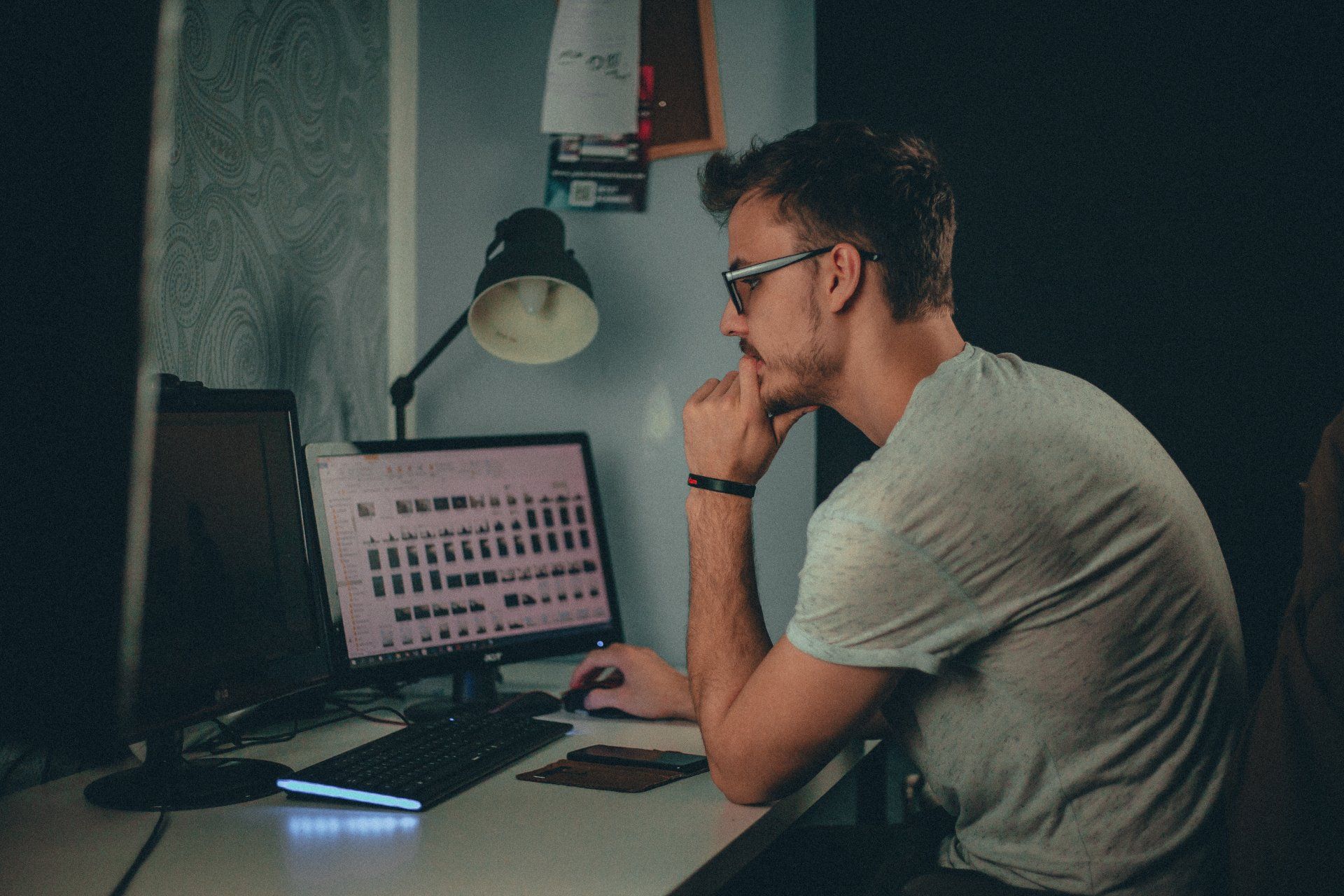COPYRIGHT INFRINGEMENT SUIT SERVED TO "JOHN DOE"
John Doe is used to preserve the plaintiff's claim by standing in for an unknown defendant while the defendant's identity is determined.
COPYRIGHT PROTECTION IN TEXAS
Infringement Suit Filed Under "John Doe"
Did you get a notice from your Internet Service Provider regarding a subpoena for your personal identification pertaining to a “John Doe” copyright infringement case? If so, I’m sure you are wondering if you can protect your identity and what you should do next. You’d be happy to know, you have options such as filing a Motion to Quash and not be forced to give up who you are.
Peer-to-peer file sharing sites seem to have an emergence recently, and it has influenced the amount of copyright infringement instances that occurs. There was once a known site called Napster that was similar in nature to the above, which created a channel for substantial infringement violations. In particular, songs and movie are the most sought out infringement cases due to the daily occurrences continuing to happen.
Tracing an Infringer
As of now, the only way for the copyright owners to trace the infringement is through the infringer’s IP address. They file a claim against John Doe and subpoena the infringer’s Internet Service Provider (ISP). Since the copyright owners do not know who the person is, the courts allow one to file a suit against a “John Doe” until they can properly identify the defendant. Once suit has been filed, they can officially subpoena the ISP for identifying information pertaining to the IP address. If the plaintiff gains access to the information, they will file an amended complaint and go after the named party.
Usually once the ISP gets the letter for the subpoena, they send notice to the defendant, so they have an opportunity to file a Motion to Quash. The courts will then decide if the defendant can proceed anonymously or not. If not, then the case goes to court, or the parties can choose to enter a settlement.
Does the Infringer Have Rights?
In some instances, the defendant may be wondering how the plaintiff can obtain their information when there is a chance the person may have never been involved. Sometimes individuals are listed as the ISP subscriber but have multiple family members linked to their account. It could be that a guest or even a third-party hacker, downloaded the infringing materials. Due to this, these lawsuits are forcing individuals to either settle outside court or try and defend themselves at a hefty cost. Moreover, most of these cases are brought to federal courts outside the state in which the defendant resides, increasing the action exponentially.
In most cases, when a defendant receives a settlement from the other party, they have little knowledge of the court system and feel faced with extreme legal fees, forcing them to accept the settlement. This allows the plaintiffs to easily coerce individuals into paying when they only submitted a single filing fee. As these cases continue to be filed, the courts are issuing their opinions regarding the fairness.
Additional Copyright Infringement Lawsuit Focus
Permissibility of John Doe Lawsuits
Currently, the courts are torn on whether these mass John Doe lawsuits are appropriate. The Federal Rule of Civil Procedure 20 permits a plaintiff to join parties in a single action if (1) a right to relief is asserted against the defendants with respect to the same transaction, occurrence, or series of transactions or occurrences; and (2) a common question of law or fact will arise in the action. Fed. R. Civ.P.20(a)(2).
There must be a connection between the actions of the defendants in the lawsuit. The actions almost always involve a separate set of facts and defenses, and do not arise out of a single transaction or occurrence. While the suit will highlight that the defendants all infringed on the same material, there is no specific information regarding this. Additionally, it can not be found whether the infringing materials were shared between the other named Does. This does not lay foundation strong enough to support that the individuals downloaded the same materials from the same websites and does not lead to connection for joinder.
With the increase in lawsuits, the federal courts have found themselves conflicted on the issue of joiner and most are leaning towards serving the defendants in these actions. For instance, the District Court in Maryland issued their opinion regarding a case with BitTorrent. In this particular case, a company named Cintel Films filed suit against 1, 052 John Does. The judge assigned, found that not only was joiner improper in this case, but that the joiner issue prior to the defendant being identified could be ruled on. This is because the courts could tell from the suit that the actions could be determined to be separate from the other Does listed. Furthermore, the judge felt that it was consequential to wait on the rule on whether joinder was proper once the ISP revealed the defendant’s information. He proceeded after this to list off other prejudice that could come from the defendants in the same room as hundreds of others being sued for infringement.
Later, the same district issued another opinion regarding the Third Degree Films, Inc. case filed against 108 Does. At first, the court denied it because they felt joiner was proper for serving the subpoenas on the ISP. They came to the conclusion though, that after filing a number of motions to sever Doe for distinct and separate defenses, the court reconsidered. The prejudice mentioned above was substantial in this reconsideration.
In conclusion, Maryland courts find that a Doe defendant has standing to file a Motion to Quash, but they do not find that they have a privilege to protection of their personal identifying information. They find that the individual’s right to right ended when they provided their information to a third party. The Maryland courts has quashed the ISP subpoenas after they determined some of the defendants improperly joined, and they can be dismissed from the action. As the defendant, you have to file a motion to quash for the subpoena issued to the ISP, and file a motion to sever themselves from the case.
CLIENT MATTERS
5,000+
YEARS OF SERVICE
25+
Award Winning
Recognized in the legal industry as dedicated board-certified lawyers and Rising Stars.
Expert Team
Your project will be handled by legal experts every time. You will have the most experienced attorneys working for you.
Quality Representation











